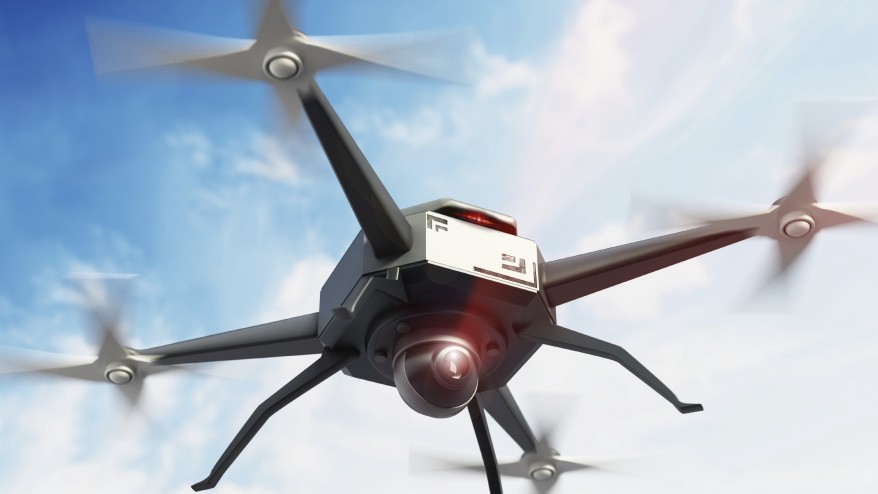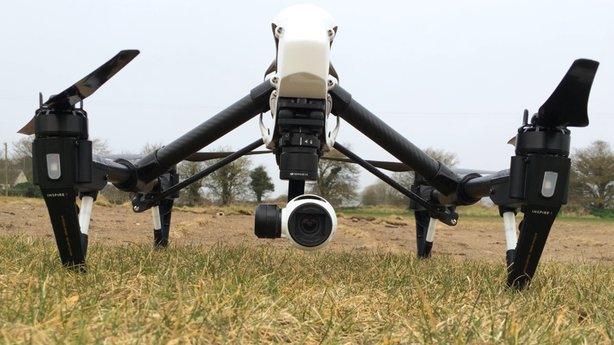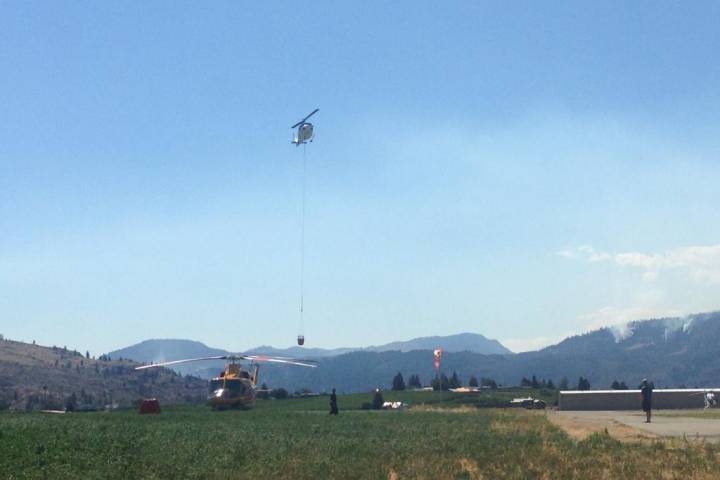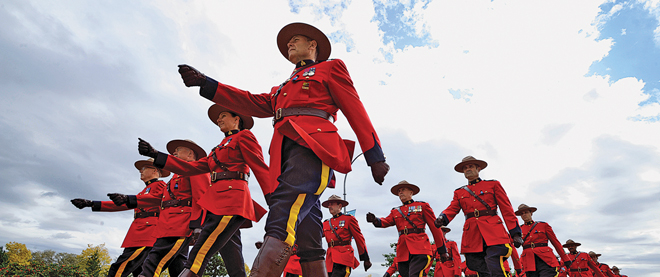
By Ian MacAlpine, Kingston Whig-Standard
Contraband seized inside the medium-security unit at Collins Bay Institution earlier this month was dropped into the prison courtyard by a drone, the Whig-Standard has learned.
Correctional Service Canada sent out a media release on Aug. 7 saying that unauthorized items including a cellphone and 180 grams of tobacco were seized at the medium-security unit of Collins Bay Institution on Aug. 5.
Institutional value of the seizure was $13,500, according to the release.
A lockdown was ordered for an exceptional search of the institution, which lasted almost a week.
The Joint Forces Penitentiary Squad was investigating the incident, according to the release. But what wasn’t revealed was that the contraband was delivered via a drone, or an unmanned aerial vehicle.
According to sources inside the prison, the drop happened in the evening hours of Aug. 5 during a changeover of inmates in one of the prison yards.
Sources said that when the contraband was dropped, correctional officers got to it right away.
Sources also said some narcotics were included in the drop.
A search was ordered of the institution because correctional staff were concerned over the cellphone, which did not have a charger with it. Officials feared the charger was either already in the institution or another drone drop was being planned.
Sources said the phone charger, and an equal weight of tobacco and narcotics, were found in a prisoner’s cell on Aug. 11.
The Whig was also told that the prison yard is searched every morning by correctional staff to find any items that may have be thrown over the walls of the institution overnight.
On Thursday, CSC would not confirm or deny that the contraband came in via a drone drop when asked by the Whig.
“For safety and security reasons, CSC cannot disclose which technology and design features are in use at any specific facility.” wrote Jon Schofield, an assistant media adviser, communications and engagement sector of CSC, in an email to the Whig-Standard. “CSC regularly reviews the use of innovative security tools that enhance its capacity to limit security incidents and prevent security breaches,”
Drones are becoming a source of concern for correctional institutions as the only access to walled prison yards being from the sky above.
In late July, a drone dropped a package containing 144.5 grams of tobacco, 65.4 grams of marijuana and 6.6 grams of heroin into the prison yard at the Mansfield Correctional Institution in Ohio.
The drop caused a fight among 75 inmates over the contraband. Guards had to use pepper spray to quell the skirmish and inmates wern’t allowed back into their cells until they were strip searched.
Drones have also been a concern following incidents in the last two years at prisons in Quebec.
Correctional officials in Australia are asking for new laws to restrict the airspace over prisons, a law that already exists in Canada.
Derek Cooper, the director of photography for Kingston Aerials, said it would be very easy to make a drop over prison walls.
“Anyone who’s familiar with radio-controlled vehicles, cars, boats, whatever … applying that to drones is a fairly straightforward thing,” said Cooper, who’s one-year-old company provides aerial video and photography for a variety of businesses.
Kingston Aerials also uses its drones for sports photography, construction site planning, urban planning, natural resource management and surveying.
In May, the company partnered with Cataraqui Cemetery to map the 40-hectare site and its 15,000 graves.
Hobby drones are pretty easy to fly, he said.
“You don’t need any training.” he said. “How good you are at flying them is variable, but you can get up and fly these things pretty quickly.”
“Our pilots are different, they’ve gone through ground school for UAV training and they’ve got 400 to 500 hours of experience before they fly our big industrial drones.”
Cooper said drones can be operated from as far as two kilometres away, which would make it easy to drop contraband over the prison wall from a distance.
“They could have what’s called first-person view on the drone so they could actually see what the drone is seeing and that alleviates the problem of the drone flying into things from a distance when you can’t actually see the drone.
“You can pretty much fly anywhere you want.”
But according to Transport Canada, the operator of a drone over a prison is violating several laws, flying in restricted airspace and operating a drone without having the drone in sight.
“The pilot always has to have his eyes or her eyes on the vehicle,” said Cooper.
“If you break the rules, Transport Canada will fine you $5,000. If a corporation or business owns the drone and violates the rules gets fined $25,000.”
Another illegal activity is dropping contraband onto a prison yard.
Against the law, yes, but easy to do, said Cooper if the operator has a view from the drone on their controller.
“You could have a little hook on the drone and basically flick a switch on the radio control unit and it triggers the motor on board to open the hook and down it goes.”
Hobby drones are gaining popularity at a high rate, according to Cooper, who said about 200,000 units were sold per month worldwide in 2014, a number that could double this year.
“It’s something that’s out there, the technology is certainly there.”
Cooper said the technology can be used both within the law, or for sinister purposes.
“You can do what we’re doing, which is awesome applications in industrial settings, or you can break the law and those people are going to get caught.”
ian.macalpine@sunmedia.ca
http://www.thewhig.com/2015/08/20/drone-used-to-drop-contraband-onto-prison-yard







